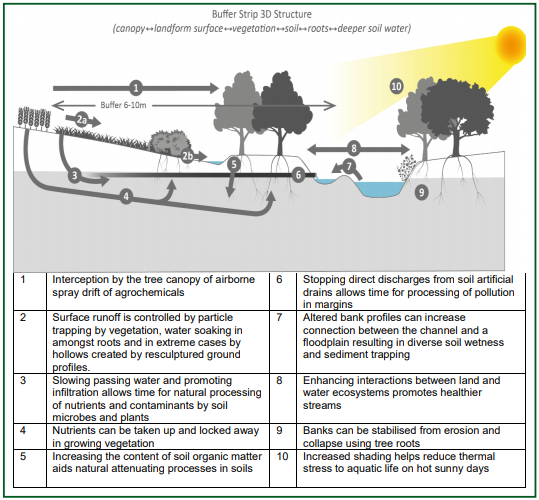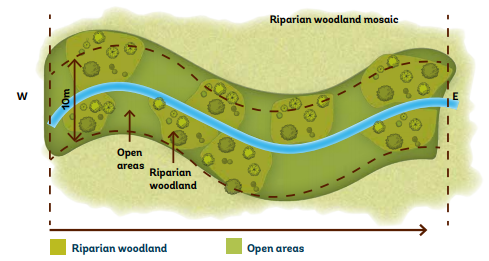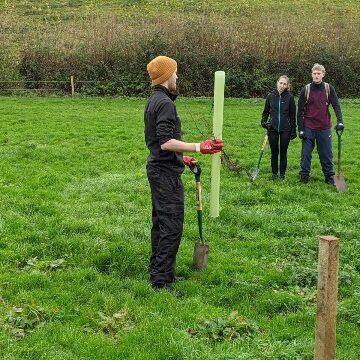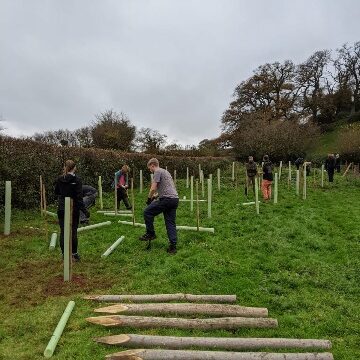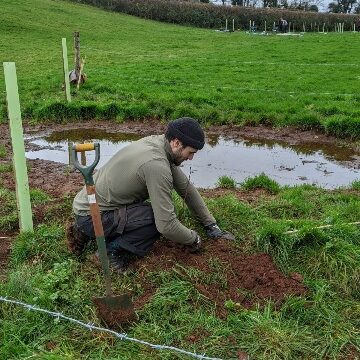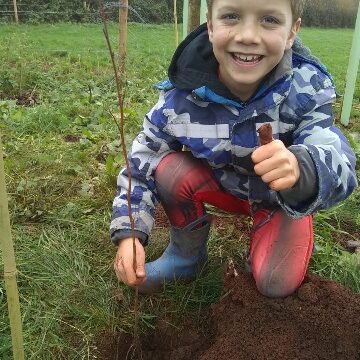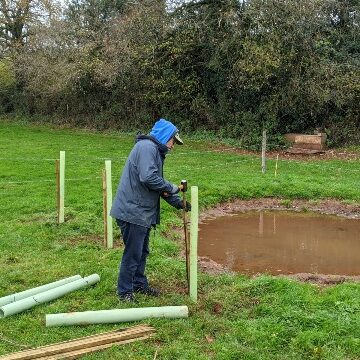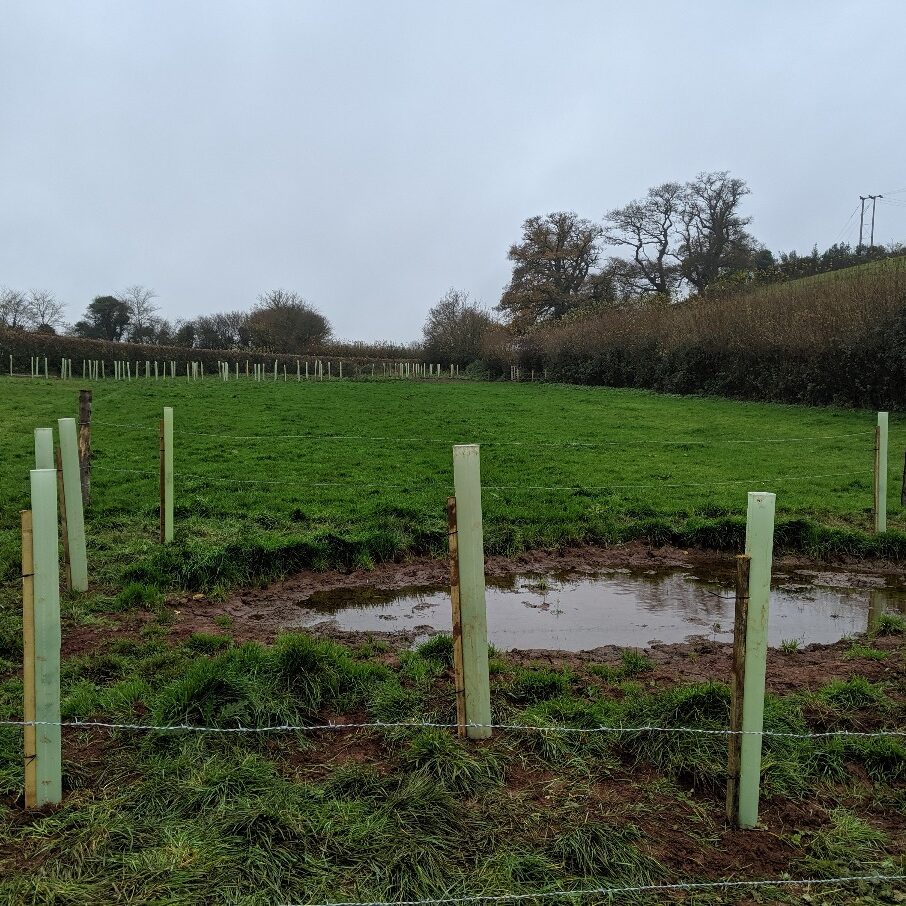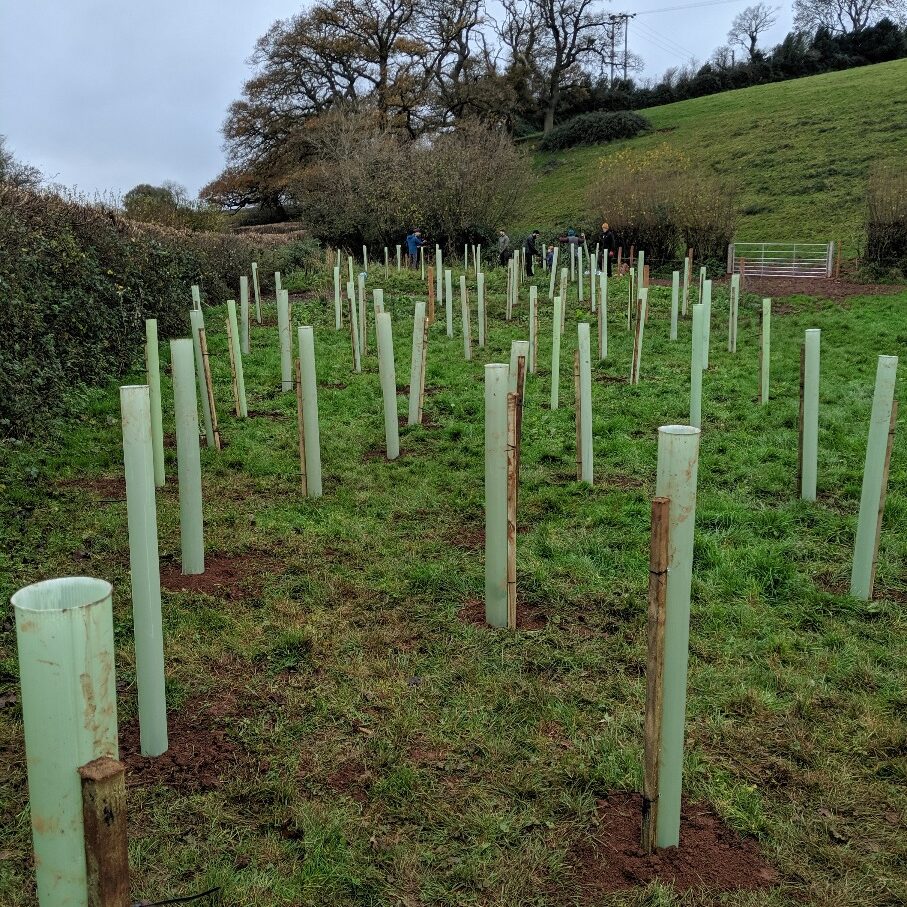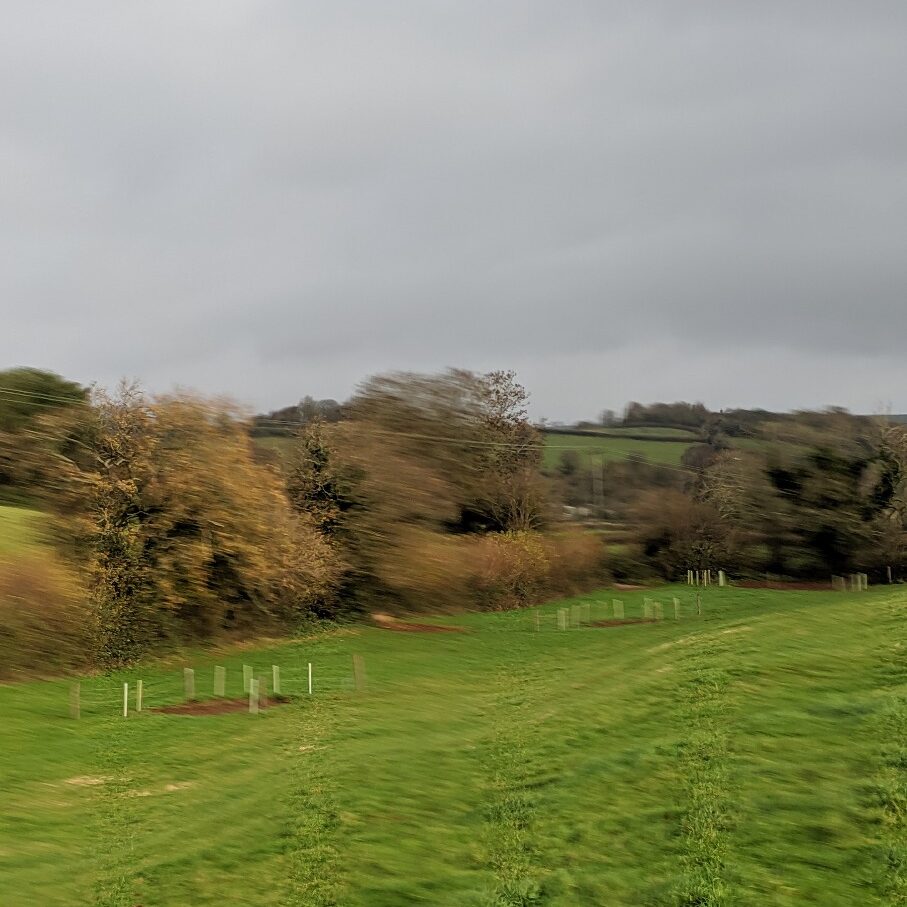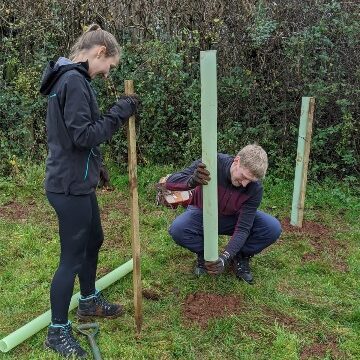As an environmental charity, BART supports the widespread national interest in trees as a major component in environmental strategy and as a contributor to managing the effects of climate change. We have developed a tree planting strategy and approach to delivery to ensure the right trees are planted in the right places.
As a river based charity, trees are a key component in the following areas of our work:
Trees are a component in our Natural Flood Management approach and form part of our portfolio of our “Working with Natural Processes” solutions to mitigate flooding, which includes creation of wooded wetlands where appropriate. To be effective for this purpose trees need to be planted in the right place, indeed in some place’s trees can exacerbate flood issues.
Our Working with Natural Processes strategy is to map the most effective places for tree planting and those areas that should be avoided. We will also work with partners to plant the correct trees in the correct places.
We will achieve this through a combination of modelling, economic appraisal, surveying and partnership working. We will carry out planting as part of our Natural Flood Management (NFM) projects using our local relationships and partners.
Trees are a vital component in our strategy for restoring and maintaining the health of rivers. They form a crucial provider of shade in our rivers helping to cool rivers which is important for many species of fish, particularly game fish such as wild brown trout. They also form a key provider of habitat and food for river creatures through woody debris and insects. As a contrast trees also cause problems without regular riparian management due to overshading – as other plants growing in rivers need access to light to thrive and provide the essential biodiversity our rivers can provide. These areas are vital wildlife corridors and important to insects, birds, bats and mammals.
Like many Wildlife Trusts BART believe that natural rewilding of areas may be preferable in many instances to simply planting trees or that the two aspects may be combined. Our approach will always look for the best long-term solution that will be valued and maintained by local stakeholders as this will ultimately provide sustainable long-term benefit. In order to achieve this BART will always seek to work with partners with a similar aim and always seek to maintain vital long-term relationships where we work.
There is a substantial body of evidence that establishing wooded buffers improves most ecosystem functions. Research delivered by the Environment Agency, provided a set of data that demonstrates that wooded and engineered buffers within the riparian zone score the highest and grass vegetated buffers the lowest score for diffuse pollution control, carbon retention, and geomorphic and flood management benefits.
Trees also help to stabilise the riverbanks, manage river temperature and help improve aquatic habitats. Trees were highlighted as an important feature of buffers as they reduce airborne spray drift of agrochemicals, utilise soil nutrients and provide many ecosystem services (the benefits that we freely gain from the natural environment), over their long lifespan.
Image credit: (Environment Agency, 3D buffer strips – designed to deliver more for the environment. Oct 2020
The figure above exemplifies how vegetation and additional features within the riparian zone next to a watercourse can also capture and retain diffuse pollutants from land-use that would otherwise become waterborne and impact upon water quality. You can read about the Environment Agency’s guidance on how we can improve the effectiveness of riparian buffer zones to help tackle agricultural pollution in their report here.
Importantly we believe that this approach, which encourages careful vegetation management, including tree planting and additional ‘engineered’ design features such as incorporating ridges, swales, and mini wetlands, will capture and retain diffuse agricultural pollutants most effectively.
It’s important to maintain a balance between light and shade and planting schemes should aim to create a mosaic habitat of tree cover to produce dappled shade. Generally, a ratio of around 60% open water to 40% shaded represents a reasonable balance. Reducing shading on the outside of bends of rivers will also promote the growth of vegetation that may help protect banks from excessive erosion. Thinning riparian tree cover immediately below a spawning riffle will similarly promote the growth of fringing cover, increasing habitat for fry and creating habitat niches necessary to support biodiversity. The figure below from the Keeping Rivers Cool Manual shows how riparian planting should create a mix of tree cover and day light to produce dappled shade necessary to support a diverse range of aquatic and terrestrial wildlife.
Image credit: Keeping Rivers Cool Partnership, 2016
BART and the local community in the Winford Brook Catchment planted 130 trees during an event in 2020 to deliver multiple benefits including to slow the flow of runoff, capture sediment, create a habitat corridor and increase biodiversity. You can read all about it here.

